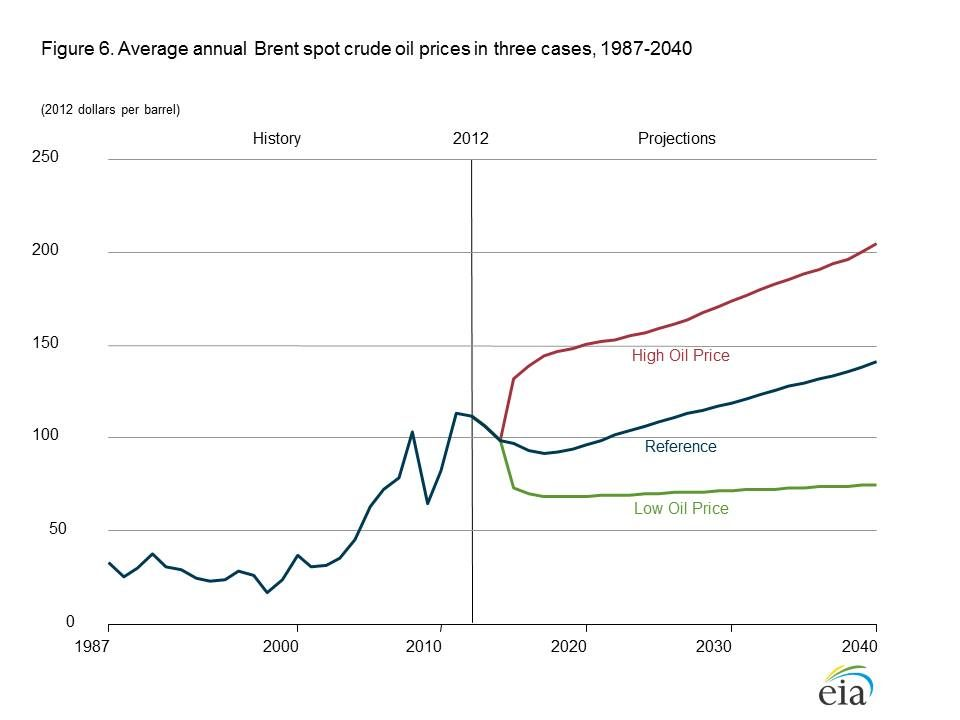Richard Ha writes:
This is testimony that the Big Island Community Coalition (BICC) steering committee sent to the Hawaii PUC earlier this month. It is in support of the implementation of 50MW of geothermal energy for Hawai‘i island.
The BICC steering committee is made up of the following, all acting on their own behalf: David DeLuz, Jr., Rockne Freitas, Michelle Galimba, Richard Ha, Wallace Ishibashi, Kuulei Kealoha Cooper, Kai’u Kimura, D. Noelani Kalipi, Robert Lindsey, HM Monty Richards, Marcia Sakai, Kumu Lehua Veincent, and William Walter.
Our testimony:
To: Chair Hermina Morita
Commissioner Michael Champley
Commissioner Lorraine Akiba
Hawaii Public Utilities Commission
Email: Hawaii.puc@hawaii.gov
Re: Comments to PUC Docket: 2014-0183 (HECO/HELCO/MECO – PSIP: HELCO Power Supply Improvement Plan and PUC Docket: 2012-0092 (Geothermal 50 MW RFP for Hawaii Island)
Aloha PUC Commissioners,
The Big Island Community Coalition supports implementing 50MW of geothermal as soon as practicable. The high oil price case projected by the EIA 2014, predicts $150 per barrel oil by 2020. There is a direct correlation between oil usage and world GDP. A high oil price of $150 per barrel will adversely impact our tourism industry causing a severe recession.
Geothermal is one of the few ways available to mitigate high oil price. And, we need to move sooner rather than later.
Oil prices quadrupled in the last ten years and the folks who could pass on the costs did pass on the costs. Those who could not were the working homeless, kupuna on fixed income, single moms as well as others such as farmers who are price takers and not price makers.
The Big Island has the lowest median income of the counties. Our electricity rates have been 25% higher than Oahu’s for as long as we can remember. That high electricity rate acts like a giant regressive tax. We are able to turn that around by enabling more geothermal.
The 23% curtailed electricity from geothermal can support making hydrogen at an affordable cost. This will help solve the green ground transportation problem. And, curtailed electricity can be the basis for making nitrogen fertilizer, without which we cannot feed all the people.
Mahalo, Commissioners.
Richard Ha
President, Big Island Community Coalition


